You can choose to nurture the wolf of love by practicing compassion or let the wolf of hate control you and your actions. The choice is yours!
KEY POINTS
There is a wolf of love and a wolf of hate within people's hearts, according to a story, and it matters which one people feed each day.
The impulse to be fearful of strangers evolved to help earlier humans survive, but today, it breeds alienation, conflict and disease.
Ways to feed the wolf of love include practicing compassion and noticing the good in the world, in one's own heart and in other people.
Which wolf do you feed?
The Practice:
Nurture the wolf of love.
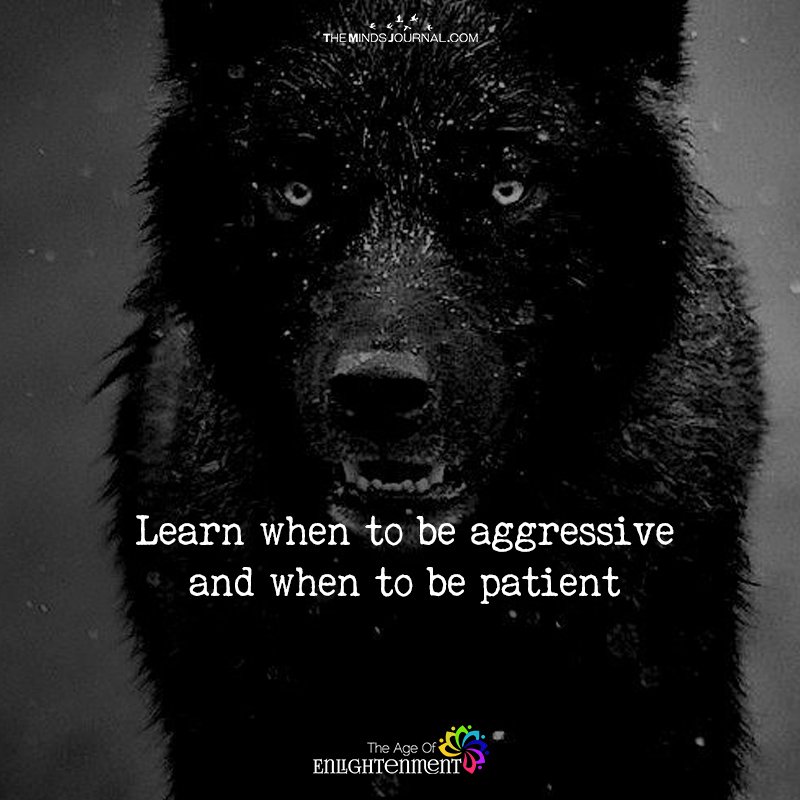
Why?
I once heard a teaching story in which an elder, a grandmother, was asked what she had done to become so happy, so wise, so loved, and respected. She replied: “It’s because I know that there are two wolves in my heart, a wolf of love and a wolf of hate. And I know that everything depends on which one I feed each day.”
This story always gives me shivers when I think of it. Who among us does not have both a wolf of love and a wolf of hate in their heart?
I know I do, including the wolf of hate, which shows up in small ways as well as large ones, such as when I get judgmental, irritable, pushy, or argumentative. Even if it’s only inside my own mind — and sometimes it definitely leaks out.
We’ve got these two wolves because we evolved them. Both wolves were needed to keep our ancestors alive.
Until just 10,000 years ago, for millions of years, primates, hominids, and early humans lived in hunter-gatherer groups that bred mainly within the band while competing intensely with other bands for scarce resources. Therefore, genes got passed on that promoted better cooperation inside a band and better aggression between bands. The wolf of love and the wolf of hate are stitched into human DNA.
Related: What Is Gut Instinct? 7 Gut Instincts You Shouldn’t Ignore
Bands kept their distance from each other, and when they met, they often fought. For example, researchers have found that about 12 to 15 percent of hunter-gatherer men died in conflicts between bands — compared to “just” the 1 percent of men who died in the many bloody wars of the 20th century.
So it’s natural to fear the stranger — who, back in the Stone Age with no police around, was often a lethal threat. The related impulse to dehumanize and attack “them” also worked well (in terms of passing on genes) for millions of years.
Related: 7 Simple Strategies to Increasing Mindfulness in as Little as 30 Seconds
Today, you can observe the wolf of hate all around us, in acts of thought, word, and deed. For example, as soon as we see others as “not my tribe,” whether it’s at home or work or on the evening news, the wolf of hate lifts its head and looks around for danger. And then if we feel at all threatened or mistreated or desperate, the wolf of hate jumps up and looks for someone to howl at or bite.
While the wolf of hate was vital back in the Serengeti, today it breeds alienation and anger, ulcers and heart disease, and conflicts with others at home and work.
And at a larger scale, with 7 billion people crowded together on this planet — when a flu mutation in Hong Kong can become a worldwide epidemic, when bank problems in Greece roil the global economy, when carbon emissions in one country heat up the whole world — when we fear or dehumanize or attack “them,” it usually comes back to harm “us.”
Related: Shadow Work: How to Let Your Inner Demons Guide You
How?
So what are we going to do?
We can’t kill the wolf of hate because hating the wolf of hate just feeds it. Instead, we need to control this wolf and channel its fire into healthy forms of protection and assertiveness. And we need to stop feeding it with fear and anger.
Meanwhile, we need to feed the wolf of love. This will make us stronger inside, more patient, and less resentful, annoyed, or aggressive. We’ll stay out of needless conflicts, treat people better, and be less of a threat to others. Then we’ll also be in a stronger position to get treated better by them.
There are lots of ways to feed the wolf of love.
We can feed it by taking in the good of everyday experiences of feeling seen, appreciated, cared about, even cherished and loved.
We can feed the wolf of love by practicing compassion for ourselves and others, and by letting these experiences of compassion sink into our hearts.
We can feed the wolf of love by recognizing the good in other people — and then by taking in the experience of the goodness in others.
Similarly, we can feed the wolf of love by sensing the goodness inside our own hearts, and by letting that sense of truly being a good person — not a perfect person, but a good person — also sink in.
Last, we can feed the wolf of love by seeing the good in the world, and the good in the future that we can make together — in the face of so many messages these days that are dark and despairing.
We feed the wolf of love, in other words, with heart and with hope. We feed this wolf by sustaining our sense of what’s good in other people, what’s good in ourselves, what’s already good in our world, and what could be even better in a world we can build together.
We need to stay strong to do this, to hold on to what we know to be true in spite of the brain’s tendency to focus on threats and losses, and in spite of the age-old manipulations of various groups that play on fear and anger — that feed the wolf of hate — to gain or hold onto wealth and power.
So let’s stay strong and hold on to the good that exists all around us and inside us.
Let’s stay strong and hold onto the good that can be, that we can nourish and build in this world.
Let’s stay strong and hold onto each other.
Let’s stay strong enough to take in the good that feeds the wolf of love each day.
Did you find this article helpful? Let us know what your thoughts are in the comment section.
Written by: Rick Hanson Ph.D. Originally appeared on: Psychology Today Republished with permission
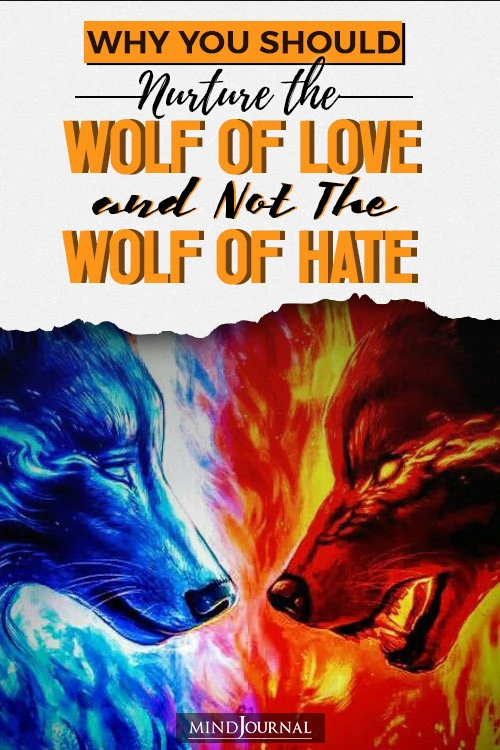

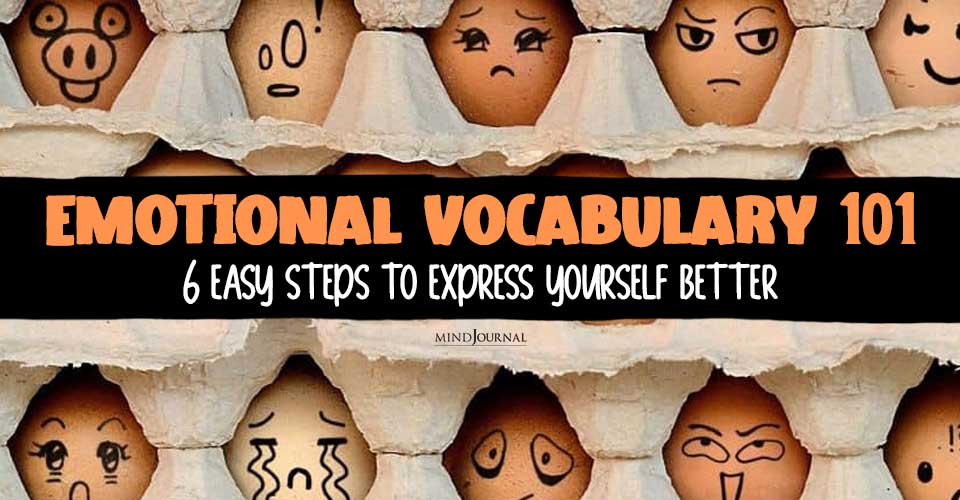
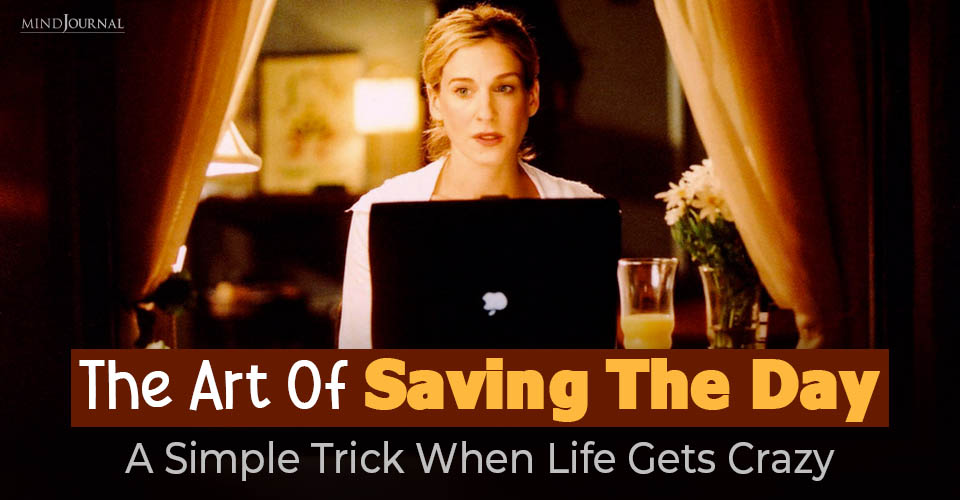
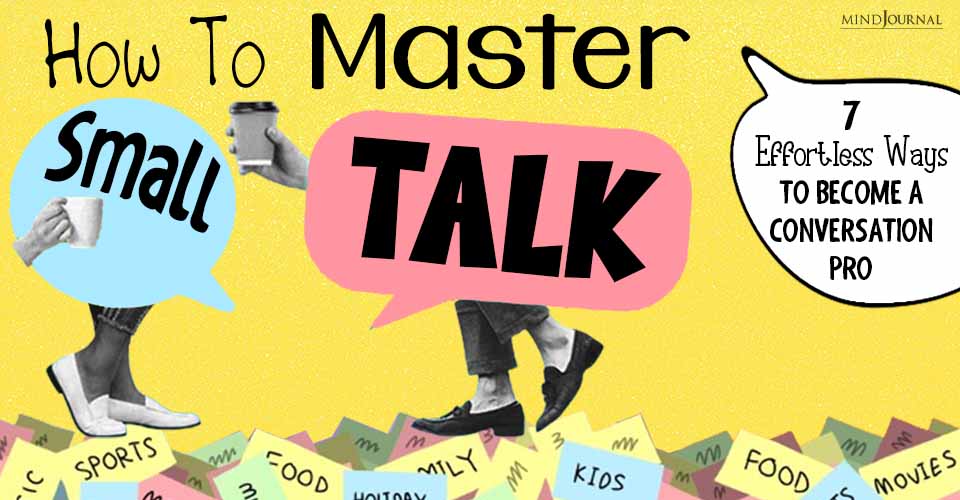
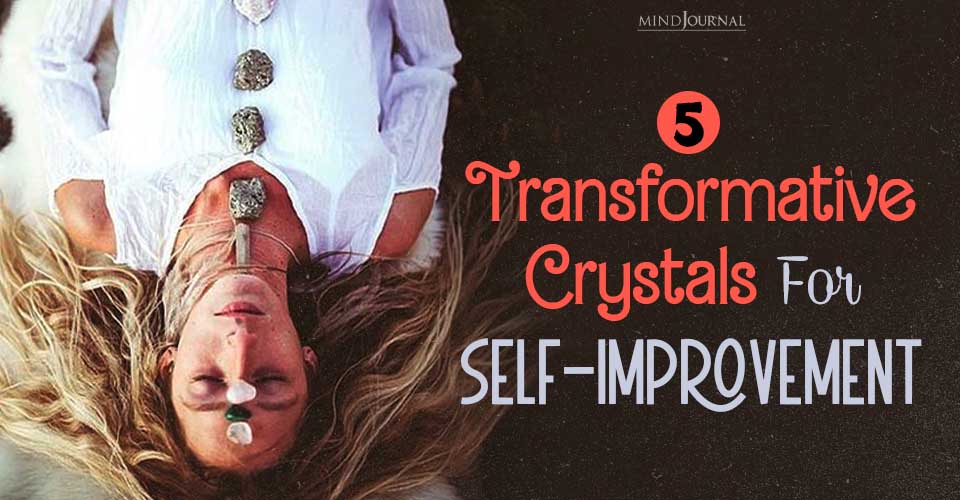
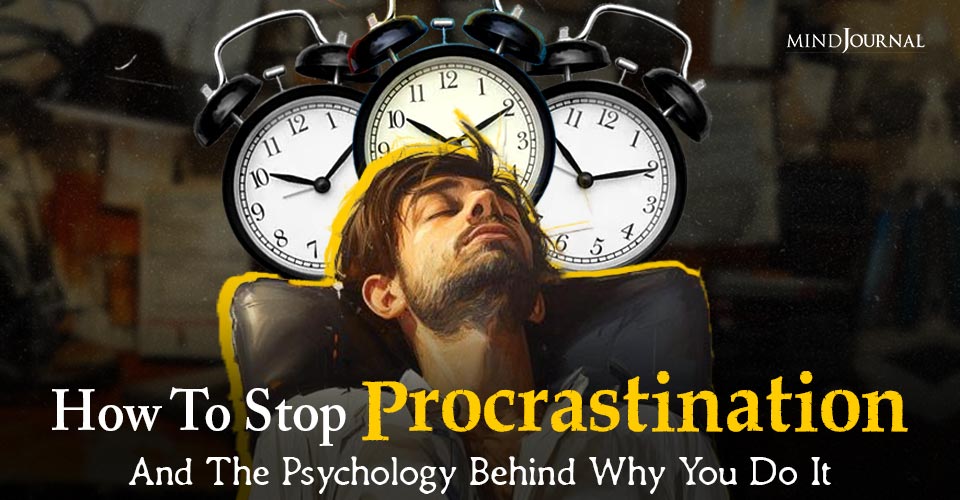
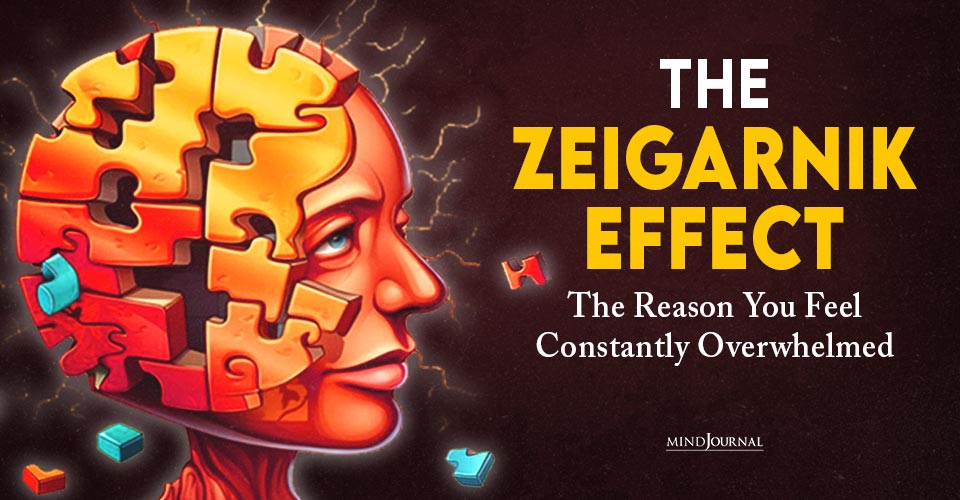
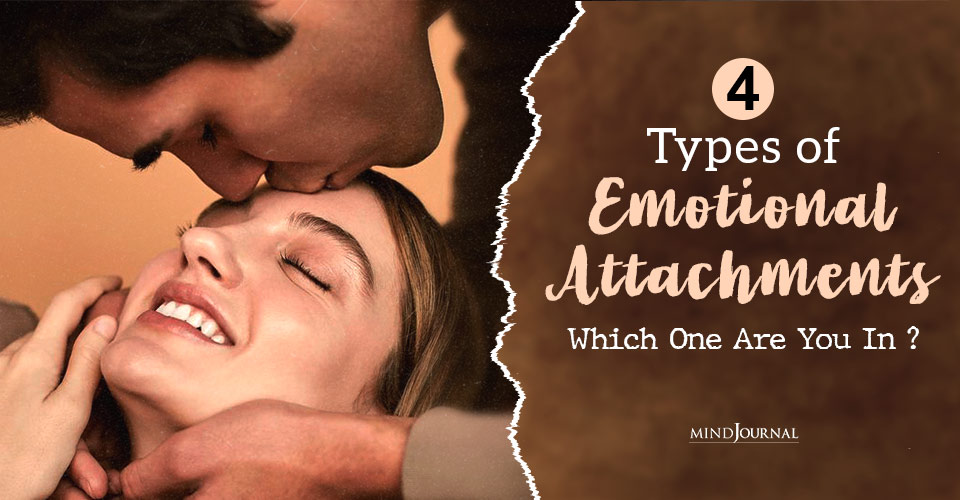
Leave a Reply
You must be logged in to post a comment.